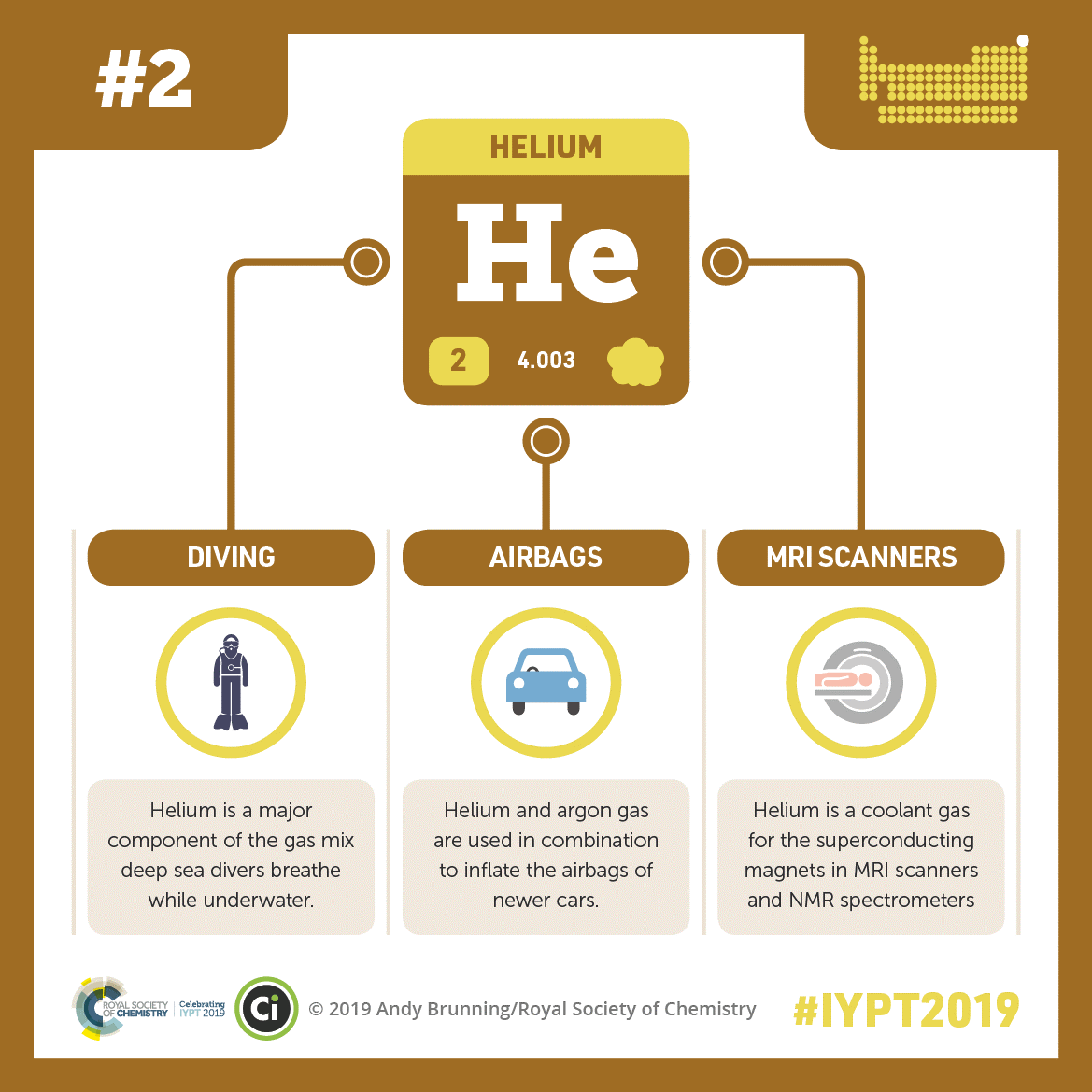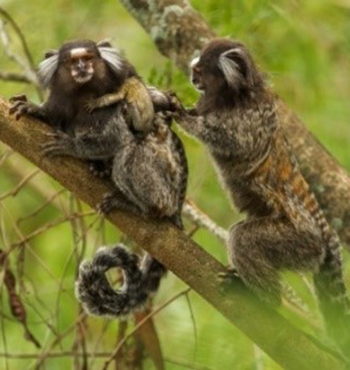
A family of common marmosets. Credit: Francesco Veronesi.
CC BY-SA 2.0 
.
Fatherhood takes many forms across the animal kingdom. For instance, mammalian fathers are often uninvolved, with only about 10 percent helping to raise their offspring. However, that small percentage of males often makes valuable contributions to their offspring’s upbringing. For instance, cotton-top tamarin and common marmoset dads have the responsibility of carrying babies—which are typically born as sets of twins—almost constantly from birth until independence.
In other groups of animals, fathers are much more likely to share responsibilities with mothers or even act as sole caregivers. Male and female birds contribute equally to raising chicks in most cases. But in rheas and emus—both large, flightless birds—fathers incubate eggs and take care of hatchlings on their own.
And most fish don’t care for their young, but out of the species that do, between one-third and one-half rely on fathers parenting alone. Perhaps the most well-known example is the seahorse, where the male becomes pregnant, carrying his mate’s fertilized eggs in a pouch on his belly until they hatch. Alison M. Bell, Ph.D.  , professor of evolution, ecology, and behavior at the University of Illinois at Urbana-Champaign, is investigating paternal care in another fish species where fathers raise offspring solo: the three-spined stickleback. Her work not only helps us understand the value of paternal care for sticklebacks, but also contributes to growing evidence across many species that fatherhood changes males on a physiological level.
, professor of evolution, ecology, and behavior at the University of Illinois at Urbana-Champaign, is investigating paternal care in another fish species where fathers raise offspring solo: the three-spined stickleback. Her work not only helps us understand the value of paternal care for sticklebacks, but also contributes to growing evidence across many species that fatherhood changes males on a physiological level.
Continue reading “Fish Shed Light on Fatherhood in the Animal Kingdom”


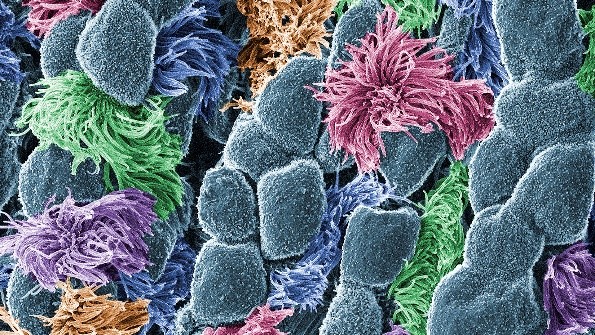
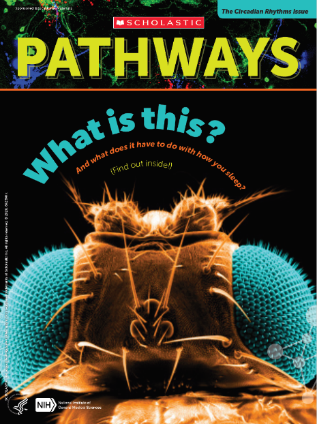 Cover of Pathways student magazine, third issue.
Cover of Pathways student magazine, third issue.
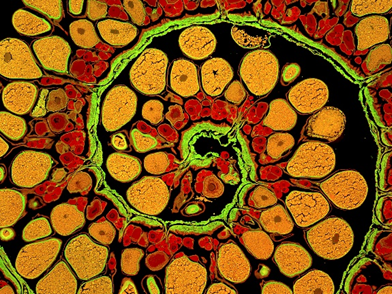 Credit: James E. Hayden, The Wistar Institute, Philadelphia, PA.
Credit: James E. Hayden, The Wistar Institute, Philadelphia, PA.
 Credit: Murray Foubister.
Credit: Murray Foubister. 
 Neha John-Henderson, Ph.D., Montana State University. Credit: Kelly Gotham.
Neha John-Henderson, Ph.D., Montana State University. Credit: Kelly Gotham.
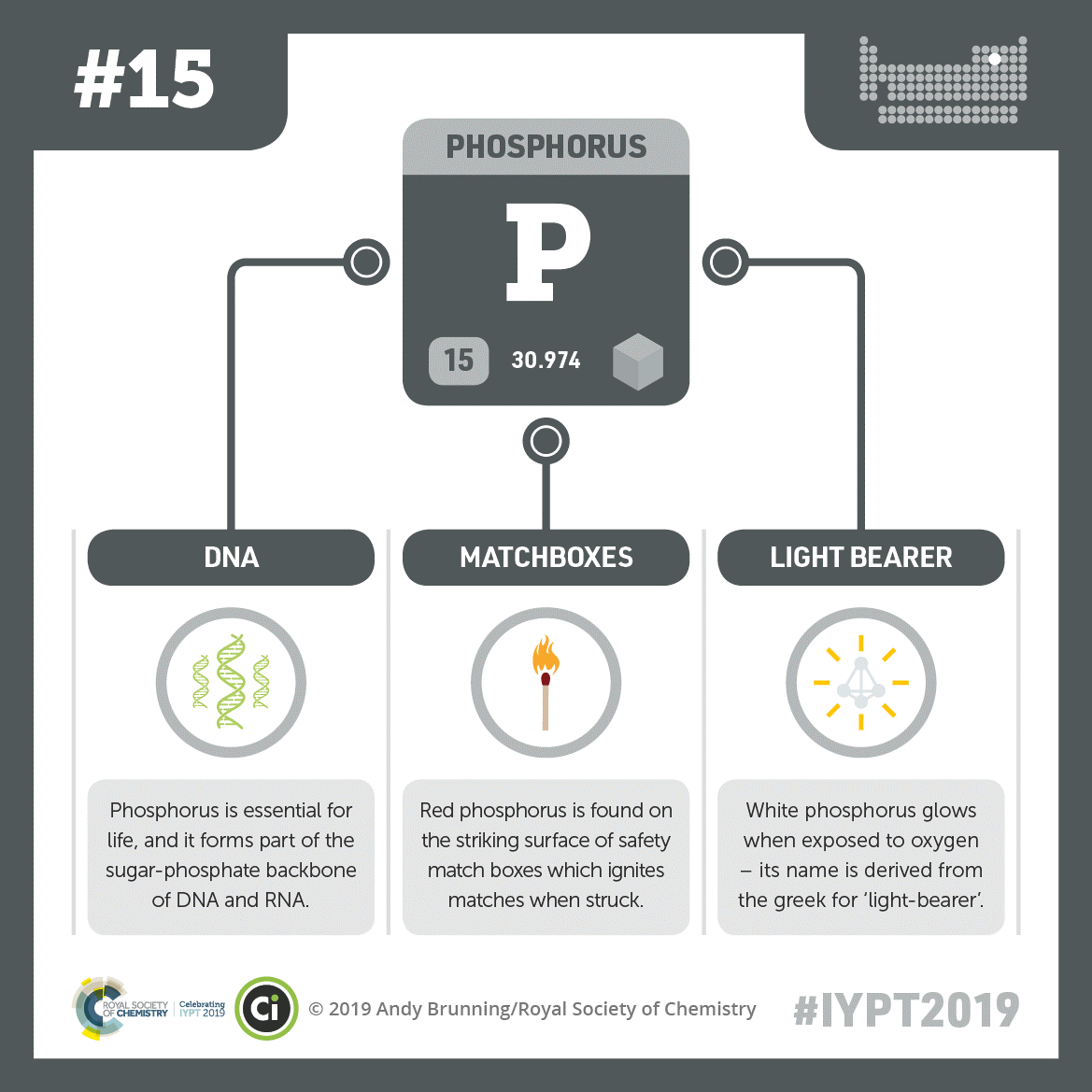
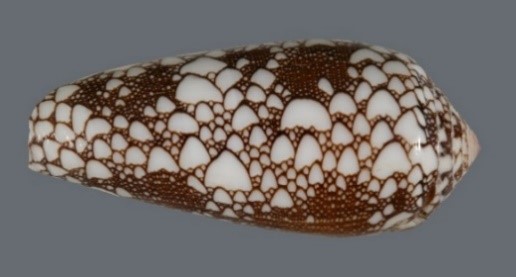 A cone snail shell. Credit: Kerry Matz, University of Utah.
A cone snail shell. Credit: Kerry Matz, University of Utah.
 A family of common marmosets. Credit: Francesco Veronesi.
A family of common marmosets. Credit: Francesco Veronesi. 